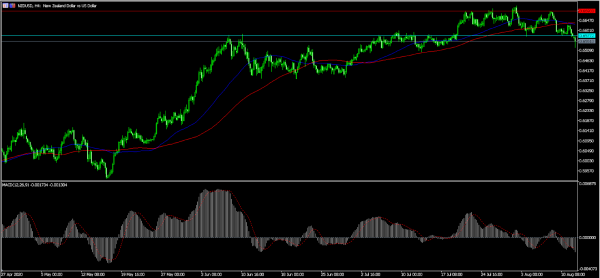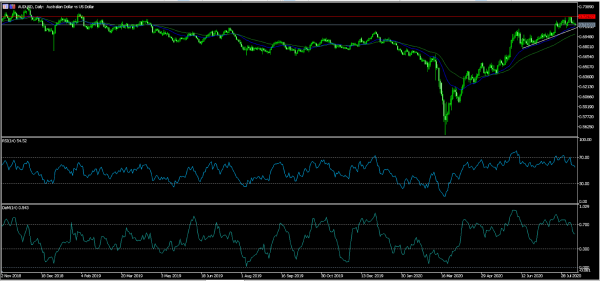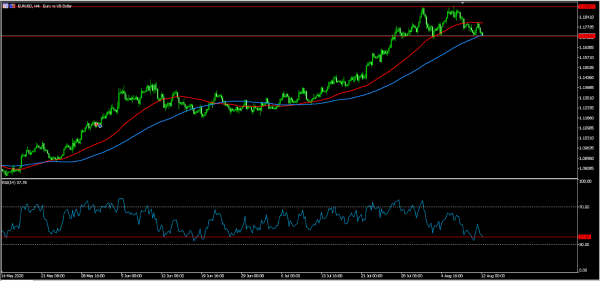The New Zealand dollar declined after the Reserve Bank of New Zealand delivered its interest rate decision. The bank left interest rates unchanged, as most people were expecting. It also agreed to expand the Large Scale Asset Purchase (LSAP) programme up to $100 billion to provide further easing. Also, it directed banks to actively prepare a package of additional monetary policy tools to be deployed if the country requires more stimulus. The decision came a day after New Zealand reported the first coronavirus case in more than 3 months.
The Australian dollar declined after the Australian Bureau of Statistics released the wage price index for the second quarter. According to the bureau, the index rose by 1.8% in the quarter, after rising by 2.1% in the previous quarter. Analysts polled by Reuters were expecting the index to rise by 1.8%. On a QoQ basis, the index rose by 0.2%, down from the previous increase of 0.5%. Meanwhile, other data from Westpac showed that consumer sentiment had declined by 9.1% in August after falling 6.1% in the previous month.
The economic calendar will be busy today, with economic data expected from Europe and Asia. In the UK, the Office of National Statistics (ONS) will release the preliminary second quarter GDP data. Analysts expect the data to show that the economy declined by 22.4% in the quarter. They also expect the data to show that manufacturing and industrial production rose by 10.0% and 9.2%, respectively. In Sweden and the US, the statistics bureaus will release the inflation data. The EIA will also release crude oil inventory data.
EUR/USD
The EUR/USD pair declined to an intraday low of 1.1713, which is the lowest it has been since August 3. On the four-hour chart, this price is the lowest the pair has been since Monday last week. Also, it is slightly below the 50-day EMA and is along the 100-day exponential moving averages. The Relative Strength Index (RSI) has fallen back to 38. Therefore, the price is likely to continue falling if it manages to move below the current support. If it does, it is likely to test the next resistance at 1.1650.
NZD/USD
The NZD/USD pair moved below the key support level of 0.6577 after the RBNZ interest rate decision. On the four-hour chart, the price has moved below the 50-day and 100-day exponential moving averages. The signal and main line of the MACD has moved below the neutral line. Therefore, the pair is likely to continue falling as bears move to test the next support at 0.6500.
AUD/USD
The AUD/USD pair declined after weak labour index data from Australia. The pair is trading at 0.7118, which is its lowest level this week. On the daily chart, the price is approaching the ascending white trend line. It is also slightly below the 50-day and 25-day EMAs. Also, the RSI and the DeMarker have moved from the overbought levels. The pair is likely to continue falling as bears target the next support at 0.7100.














